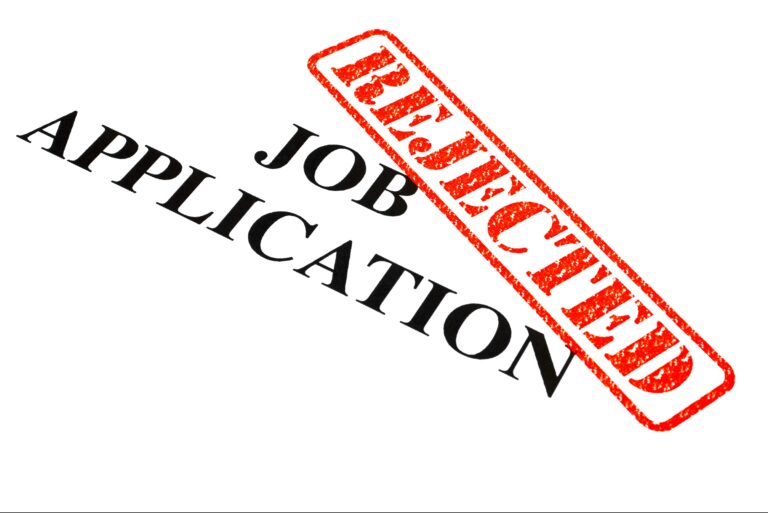The Chicago Tribune reported, “In 2017 70% of U.S. offices had low or no partitions. Some companies, like Netflix and Hubspot, are completely open offices, even the CEOs don’t have private offices.”
Yet Harvard Business School Professor, Ethan Bernstein, found “open offices led to 73% less time in face-to-face interactions and 67% more email and 75% more IM use.” The exact opposite of what open offices were supposed to accomplish. What’s going on?
Pros for Open Offices
Sense of Community
Traditional Offices were feeling stuffy and outdated. Cube farms are ugly and impersonal and rigid private offices for everyone seemed unrealistic. Open offices created a sense of community and fewer barriers. Suddenly managers aren’t unapproachable and instead of a hierarchy feels like a team. More egalitarian office means an elimination of private office competition.
Less Expense
Open offices are far less expensive for corporations, requiring as little as 3x less total office space. There isn’t the necessity to commit to a single layout. As needs change the office can change less expensively and quicker.
Better Aesthetics
An open office is lighter, both in natural light shared across more workers and in less high, dividing furniture. It feels like a friendlier room and more natural light improves health, alertness, creativity and sleep.
Better Communication
A cubicle-free workplace without private offices should improve employee collaboration. Better, in-person, communication between workers should be conducive to creativity and productivity. Medium.com reported that, “Face-to-face request is 34x more likely to be successful than an email request. Putting the right workers near each other leads to a 15% increase in performance.”
Cons for Open Offices
Lack of Privacy
One person’s personal issues become a distraction for the whole team. Pressure to appear on and engaged at all times creates stress and unrealistic expectations. No one wants to be the first out the door at the end of the day. Increased paranoia about someone always looking over your shoulder. There is even fear of taking creative risks if it means everyone in the office will see the experiments and the failures. People have shorter and more superficial conversations in open offices because they are self-conscious about being overheard.
Distraction
A Wall Street Journal article said, “All of this social engineering has created endless distractions that draw employees’ eyes away from their own screens. Visual noise, the activity or movement around the edges of an employee’s field of vision, can erode concentration and disrupt analytical thinking or creativity.” Noise pollution is often resolved with the use of headsets but visual pollution can’t be blocked out. University of California research showed that workers are interrupted every three minutes and that it can take up to 23 minutes to recover and refocus. The overall quality of work is degraded.
Germs
A Danish study found that in open offices workers had significantly more days of absence due to sickness. Yes, the stress of an open office plan contributed to this but often it was just the open sharing of coughs and colds with no walls or partitions to stop the spread of germs.
Physical Anchor
Humans are naturally territorial creatures with a need for rules and structure. Without our own physical space to anchor us, we feel less significant to the company. Yes, it might just be notepads and a coffee mug but it is “our” space. Harvard Professor Ethan Bernstein says there is a “natural desire for privacy and when we don’t have privacy, we find ways of achieving it.”
A Harvard Business Review study found that while physical attributes matter, they only matter in how your employees perceive the space. Managing expectations and communicating the value of the change can go a long way to helping workers successfully acclimate, good for the company and the worker.


